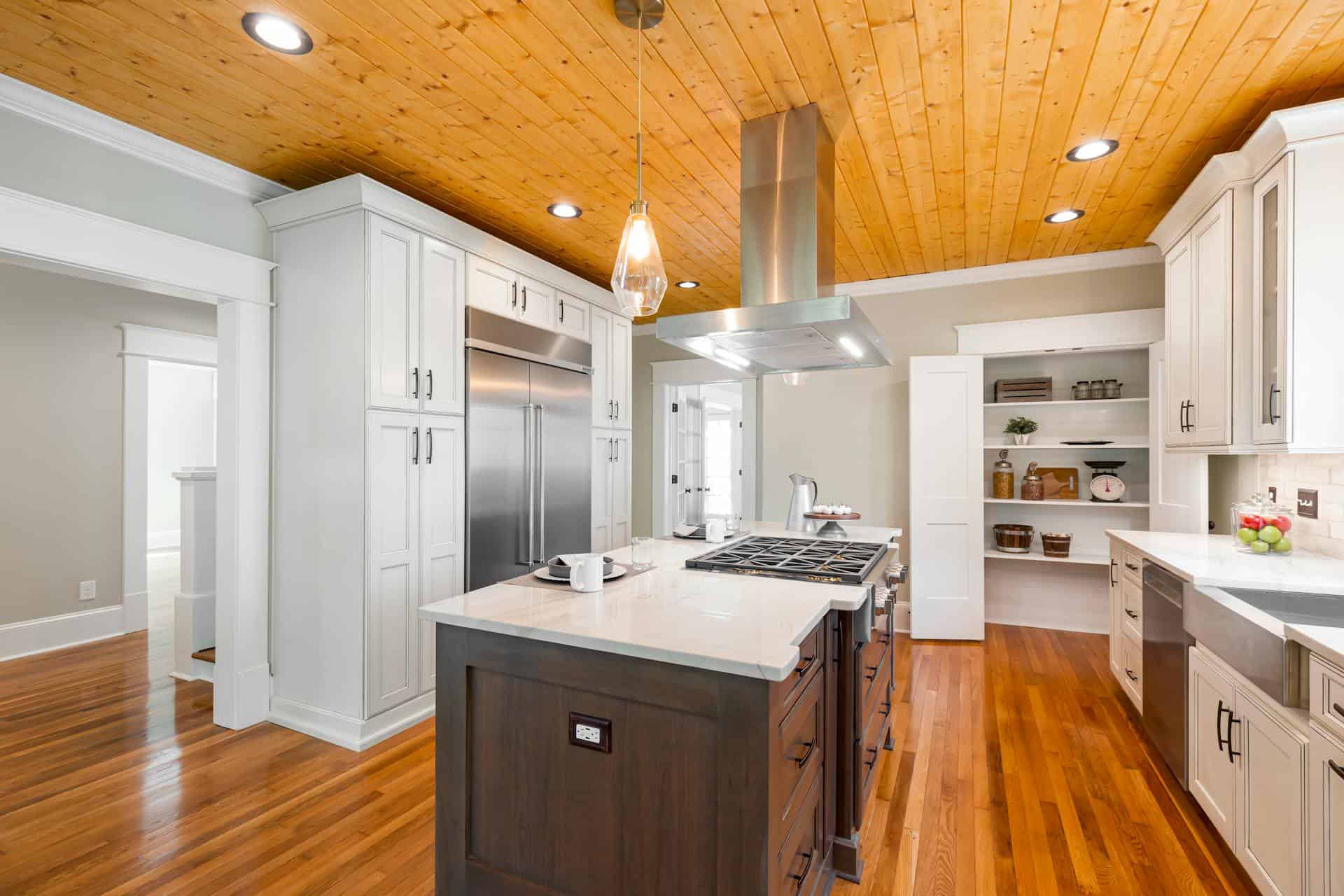
Question: What are the Disadvantages of a Kitchen Chimney?
Answer: Disadvantages of a kitchen chimney include that they can be expensive to install and maintain, noisy during operation, and require regular cleaning. Improper installation can lead to inefficient ventilation and backdrafting.
Exploring Kitchen Chimney Drawbacks
Kitchen chimneys offer several benefits, like removing smoke and odors. However, they also have drawbacks. This article examines the potential downsides of installing a kitchen chimney, helping you make an informed decision for your kitchen.
Installation and Space Considerations
Chimneys require space. They occupy a significant portion above your stove. This can feel imposing in smaller kitchens. Installation can also be complex. It often involves modifications to your kitchen’s structure and electrical systems. This process can disrupt your daily routine. Proper ventilation to the outside is crucial. This may necessitate additional construction work. Planning and execution are key for a successful chimney installation.
Space Constraints:
Chimneys occupy valuable kitchen space. This is a significant concern in compact kitchens.Installation Challenges:
Installation can be difficult and time-consuming. It often requires professional help.Ventilation Needs:
Chimneys need proper ventilation to function effectively. This may involve creating an exterior vent.
Click the link to read more about Blue Kitchen Refacing
Related Article: Do Kitchen Hood Vents Really Work?
Related Article: Who Can Install a Kitchen Vent?
Cost Factors and Energy Consumption
Purchasing and installing a chimney represent a significant investment. Different models offer varying features and prices. Operating a chimney also consumes electricity. This adds to your energy bill. The cost of replacement filters and regular maintenance adds to the overall expense. Consider your budget and long-term costs when choosing a kitchen chimney. Some chimneys consume more energy than others.
Initial Investment:
Chimney prices can vary significantly based on brand, features, and size.Operating Costs:
Chimneys consume electricity, adding to your energy bills.Maintenance Expenses:
Regular maintenance, including filter replacements, adds to the overall cost.
Aesthetic Impact and Design Limitations
A chimney can dominate the kitchen’s visual space. It might clash with your existing décor. Some find the large, metallic structure visually unappealing. Chimneys can limit your design choices. They dictate the placement of your cooktop and surrounding cabinetry. You must plan your kitchen layout around the chimney. Consider the chimney’s size and design when planning your kitchen’s aesthetic.
Visual Dominance:
Chimneys can be visually prominent and may not suit all kitchen styles.Design Restrictions:
Chimneys can limit your design flexibility regarding cooktop and cabinet placement.Aesthetic Compatibility:
Choosing a chimney that complements your kitchen’s design is important.
Performance Issues and Potential Problems
Chimneys can sometimes underperform. They might not effectively remove all smoke and odors, especially in larger kitchens or during intense cooking sessions. Improper installation can lead to backdrafting, pushing smoke back into the kitchen. Regular maintenance is vital to prevent these problems. A malfunctioning chimney can be a safety hazard.
Ineffective Ventilation:
Chimneys may struggle to remove all smoke and odors in certain situations.Backdrafting Issues:
Improper installation can cause smoke to enter the kitchen.Maintenance Requirements:
Regular maintenance is crucial to prevent performance issues and ensure safety.
Alternative Ventilation Solutions
Exhaust fans offer a simpler and less expensive alternative to chimneys. They provide adequate ventilation for many kitchens. Downdraft systems are another option. These integrate ventilation directly into the cooktop. Natural ventilation, through open windows and doors, provides a cost-free solution. Evaluate your cooking habits and kitchen layout when choosing a ventilation system.
Exhaust Fans:
These offer a simpler and more affordable alternative to chimneys.Downdraft Systems:
These integrated systems offer a space-saving ventilation solution.Natural Ventilation:
Opening windows and doors provides cost-free ventilation.
Conclusion
Kitchen chimneys provide valuable ventilation, but they come with drawbacks. Consider these factors before investing in a kitchen chimney. Alternative solutions may better suit your needs and budget. Careful planning and consideration will help you create a kitchen that is both functional and enjoyable.

Blue Malue Get in touch with Blue here.
